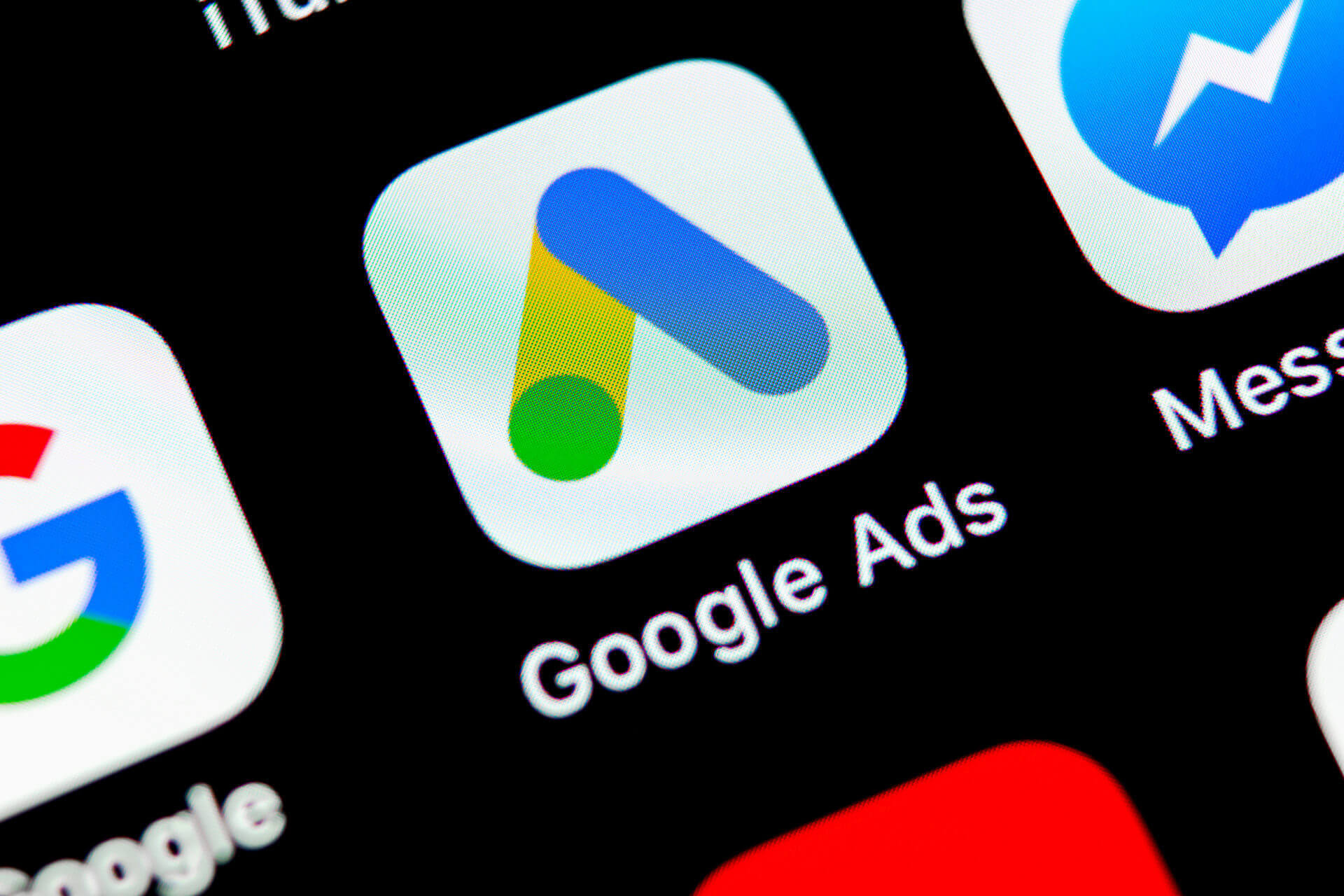In the age of unlimited information, decision paralysis has become a significant challenge for businesses and consumers alike. With so many choices, the fear of making the wrong decision can lead to complete inaction.
This is particularly true in the B2B sector, where purchase decisions are often complex and involve multiple stakeholders, but they can happen during any purchasing decision.
The growing anxiety of decision-making
Decision paralysis can strike at any point in the buying process, impacting everything from minor personal purchases to major B2B transactions. The sheer volume of information available often leaves potential buyers paralyzed, unable to choose between options. This phenomenon is more prevalent now than ever, as the internet offers endless choices and opinions.
How data fatigue drives decision paralysis
The 2023 Decision Dilemma global study by Oracle, which surveyed over 14,000 employees and business leaders across 17 countries, uncovered a growing “decision paralysis.” The study revealed that while a significant 83% of respondents agree that access to data is crucial for informed business decision-making, an even higher 86% feel that an abundance of data reduces their confidence in making decisions.
Furthermore, 85% have experienced “decision distress,” characterized by regret over choices made in the past year, reflecting the emotional and psychological toll of decision-making under pressure. Additionally, 72% of participants indicated that data has sometimes prevented them from making timely decisions, resulting in decision paralysis.
This phenomenon highlights the complexity and difficulty of navigating the deluge of information in today’s data-driven world, underscoring the need for better tools and strategies to manage and interpret data effectively.
This growth of indecision in the purchase process is further seen in Matthew Dixon and Ted McKenna’s book “The Jolt Effect,” which explores the results of their study of 2.5 million sales conversations. They found that 40% to 60% of qualified sales pipelines are lost due to customer indecision.
Over 85% of sales opportunities contain moderate to high levels of customer indecision, underscoring the importance of addressing this issue. 56% of “no decision” losses were a function of customer indecision, compared with 44% that stemmed from the customer’s preference for the status quo. You may not lose out to your competitors; you may actually lose out to purchase anxiety and indecision.
The impact of indecision within different age groups
Understanding how indecision affects your particular audience is critical and should be included in your persona development. A study on the influence of indecision on customer’s decision satisfaction that examined online shopping behaviors found that people aged 55–64 experience more indecision than younger shoppers.
Interestingly, despite their indecision, this age group also boasts a higher ecommerce conversion rate, suggesting that they are more likely to complete their purchases once they make up their minds. In contrast, younger shoppers aged 25–34 contribute significantly to higher revenue and make the most transactions.
Moreover, the study highlights that new visitors to ecommerce websites tend to have a higher probability of purchasing than returning visitors. This phenomenon could be driven by the excitement and novelty of discovering new products or the effectiveness of targeted marketing strategies for first-time visitors.
These insights underscore the importance of developing tailored strategies to address decision paralysis across different demographics. By understanding the unique behaviors and challenges various age groups and visitors face, marketers can create more effective campaigns, improve user experience and drive higher conversion rates across their customer base.
Dig deeper: How to optimize your content strategy across the customer journey
7 marketing techniques to combat decision paralysis
Given the numerous factors that can cause indecision during the purchasing process, it is crucial to avoid overwhelming potential customers before they are ready to advance to the next sales funnel stage. Below are techniques and tips to incorporate into your marketing strategies that will help mitigate decision paralysis.
1. Checklists for each stage
Creating comprehensive checklists can empower potential clients to make informed decisions and reach their end goals. These lists should include essential questions buyers might not even realize they need to ask, providing clarity and confidence in their choices.
It’s beneficial to develop different checklists for each stage of the purchase funnel to avoid overwhelming customers with premature inquiries. For instance:
- During the awareness stage, a checklist might help leads identify their problems and understand the advantages of solutions like yours without specifically promoting your product.
- In the consideration stage, the checklist could assist leads in comparing various options to select the best fit for them.
- At the decision stage, the checklist should address final hurdles, such as objections from other stakeholders.
Depending on your product, these checklists can be offered as gated or ungated content on your website. A blog-style checklist works well during the awareness stage, while gating the checklist is more suitable for the consideration or decision stages. Additionally, ensure your checklists are concise, aiming for 5–15 clear and actionable items each.
2. Interactive content
With over 65% of the population being visual learners, interactive content can be a great way to engage with your customers. Interactive content like online calculators, quizzes, polls, assessments and interactive infographics can significantly aid decision-making.
Buyers spend an average of 13 minutes engaging with interactive content, compared to 8.5 minutes with static content. Interactive content also has a higher conversion rate. For example, online quizzes generate an average click-through rate of 35–55%. Let’s explore the effective use of various types of interactive content:
- Online calculators, such as cost or ROI calculators, can offer instant personalized customer recommendations, provide transparency on expected outcomes and highlight your brand’s value. These calculators are particularly useful during the consideration stage, as customers have already determined that your solution aligns with their needs.
- Quizzes are a great tool for interacting with customers during the awareness and consideration stages because they are customer-focused rather than product/solution-focused and can help gather valuable insights about your customers’ needs.
- Polls are effective tools for capturing attention and stimulating thought. By asking targeted questions, you can gather valuable insights and spark discussions. Ideal platforms for using polls include social media and webinars. Use poll questions to assess general interest or knowledge on a topic, identify the customer’s challenges, check familiarity with solutions or gauge readiness to purchase.
- Assessments can help people evaluate their knowledge or skills on a particular topic. They can generate leads or provide personalized recommendations based on a person’s responses.
- Interactive infographics are an excellent solution for combating data fatigue. They transform complex topics or overwhelming amounts of data into easily digestible, engaging and visually appealing content.
3. Robust FAQ pages
A thoughtfully designed frequently asked questions (FAQ) page can be invaluable in addressing common customer concerns and inquiries in a clear and easily digestible format. By providing concise answers, you can improve the user experience and reduce the volume of repetitive inquiries.
Ensure your FAQ page is easily accessible on your website and linked to your social media accounts for maximum visibility. Regularly updating the FAQ page with new information and feedback can keep it relevant and useful for your audience.
4. Chatbots and live chat
Integrating chatbots with live chat support offers instant answers to customer inquiries, enhancing their decision-making process. Live chat has surged in popularity as a preferred communication method, with 15% of site visitors engaging in live chat conversations.
Additionally, live chat significantly impacts the purchase funnel, with customers who use chat before purchasing having a 10% increase in average order value and companies experiencing a 40% conversion rate.
While automated responses efficiently handle routine questions, providing live support for complex queries during business hours can greatly improve customer satisfaction and reduce indecision. Pre-chat surveys can further streamline conversations between customers and chat agents, ensuring productive interactions.
The experience a potential customer has with live chat can influence their purchasing decision. Although canned responses are expected from chatbots, it’s crucial that live chat agents provide personalized interactions rather than sticking solely to pre-crafted answers. Customers respond more positively when they can tell they are engaging with a live human who addresses their needs uniquely.
5. Risk-free offers
Offering free trials, samples, money-back guarantees or discounted rates without cancellation fees can significantly reduce the perceived risk of purchasing. Customers who try a product or service without a long-term commitment feel more confident in their decision.
This “try-before-you-buy” approach eliminates the fear of financial loss and allows customers to experience the value and benefits firsthand before committing. For instance, a customer who enjoys a free trial of a software service is more likely to see the benefits and subscribe than a customer who has to pay upfront without any trial period.
Moreover, such risk-free offers demonstrate high confidence in your product’s quality and effectiveness. Money-back guarantees assure customers they can get their investment back if the product does not meet their expectations, thereby removing any hesitation.
Discounted rates without cancellation fees further alleviate the burden of a high initial cost, making it easier for budget-conscious customers to take the plunge. This approach boosts conversion rates, fosters trust and builds long-term customer relationships. By eliminating potential downsides, risk-free offers make it easier for customers to make a confident and informed purchase decision.
6. User reviews and testimonials
Leveraging user reviews, testimonials and case studies can significantly reduce decision paralysis in the purchase funnel while enhancing brand credibility. Authentic user reviews offer potential customers real-world insights and experiences, fostering trust and confidence in their purchasing decisions.
Up to 92% of B2B buyers are more likely to purchase after reading a trusted review and companies that feature testimonials on their websites see a 34% increase in conversions. Testimonials, especially those highlighting specific benefits and positive outcomes, are powerful endorsements that can influence hesitant buyers. Case studies provide in-depth success stories of existing customers, detailing how the product or service addressed specific needs or challenges.
Prominently showcasing these elements on your website creates a compelling narrative that addresses potential buyers’ concerns and mitigates the uncertainty that can impede their decision-making process.
5. Marketing automation
Marketing automation can significantly enhance the nurturing of potential customers who leave your website without purchasing due to indecision. By implementing automated follow-ups, you can seamlessly guide these prospects back into the sales funnel, providing additional value and addressing any hesitations they might have.
For example, an automated email sequence triggered by website abandonment can deliver personalized content such as informative articles, relevant case studies or customer testimonials.
To avoid overwhelming the recipients, include one compelling piece of data per email, mitigating the risk of data fatigue. These follow-ups keep your brand at the forefront of their minds and foster a deeper connection with prospective customers by demonstrating a sincere interest in their needs and challenges.
Streamline the decision process
Decision paralysis is a common hurdle businesses must overcome to convert potential clients into loyal customers.
By understanding the root causes of indecision and implementing targeted strategies, you can guide your audience toward confident decision-making. From interactive content to personalized experiences and risk-free offers, these techniques will help you combat decision paralysis and drive engagement.
Remember, the goal is to make decision-making as seamless and straightforward as possible for your potential clients. By doing so, you not only enhance their experience but also increase your chances of closing more deals and achieving long-term success.
Contributing authors are invited to create content for MarTech and are chosen for their expertise and contribution to the martech community. Our contributors work under the oversight of the editorial staff and contributions are checked for quality and relevance to our readers. The opinions they express are their own.







































































